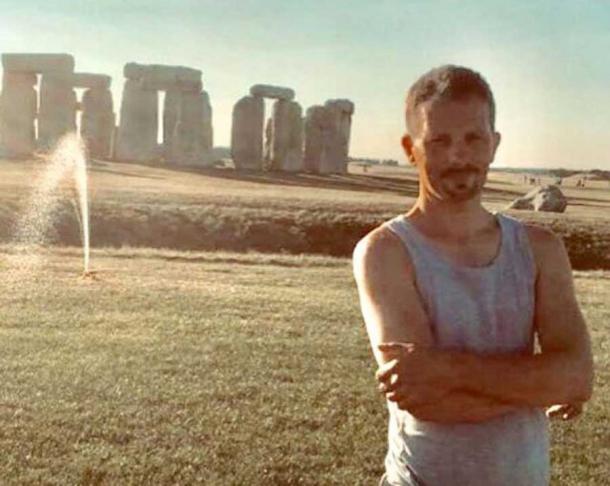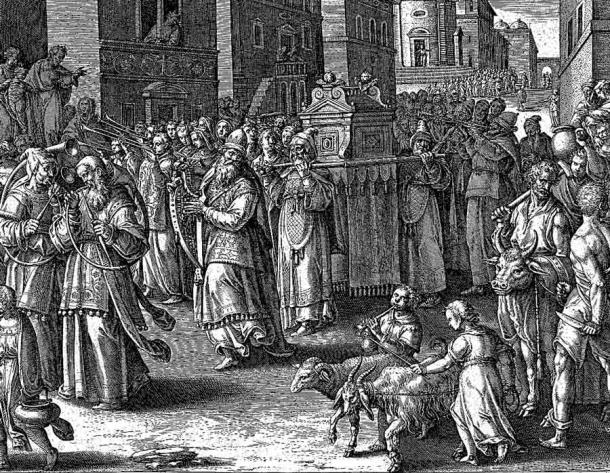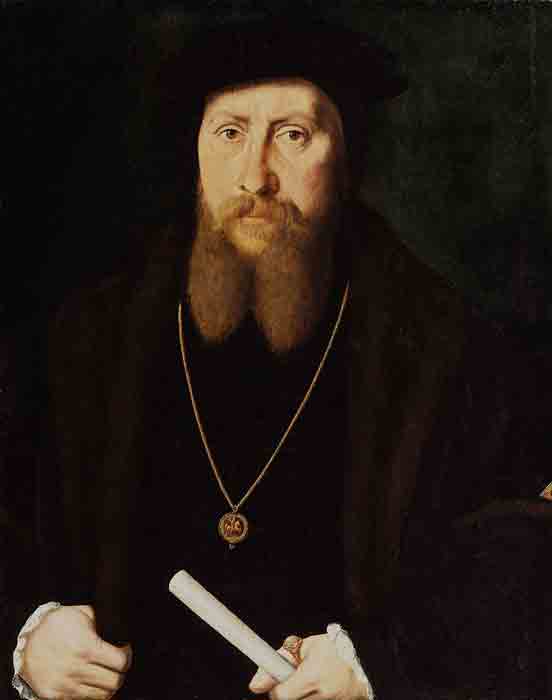
Templar Treasure Said to Lie Under Sinai House in Burton, Says Expert
An English historian is claiming a historic building in Burton is the final resting place of the legendary, lost Templar treasure. While not a jot of evidence supports the notion that the Templar’s had any treasure left when the organization fragmented in 1312 AD, an English researcher believes he has located the final resting place of the Holy Grail and the Ark of the Covenant, and this would be under a historic English home in Burton upon Trent.
It only seems like yesterday that I wrote the news article about an English researcher who claimed the Holy Grail was buried by the Knights Templar in a secret “Grail crypt” under a river in Hounslow, London. Now, the same set of solid gold ancient artifacts, priceless jewels and lost religious artifacts are believed to be buried somewhere beneath England’s historic Sinai House. This time, the Grail chamber is described as being so vast it could “accommodate Westminster Abbey.”

English historian and anthropologist David Adkins is the latest person to make claims about the long-lost Templar treasure. He believes the treasure lies in a vast hall beneath Sinai Park House, which was built in the 13th century AD. (Birmingham Live)
Historian David Adkins Says Templar Treasure is in Burton
Sinai Park House is a 13th century grade II* listed building near Burton upon Trent in Staffordshire, England. Staffordshire Live explains that David Adkins is a respected historian and anthropologist who believes the Biblical “Ark of the Covenant,” which housed the Ten Commandments, is but one of the treasures that was hidden beneath this historic building by the mediaeval military order, The Knights Templar.
- Five Legendary Lost Cities that have Never Been Found
- Gold, Amber, Artwork and Military Paraphernalia: The Continuous Crusade for Lost Nazi Treasures
David Adkins told reporters that he has “a strong argument” for believing the Knights Templar’s legendary treasure hoard is buried somewhere under this particular historic building. He says that researchers in the 1880s discovered “a secret passageway” and that they forced entry into the passage. However, the explorers were beaten back by fumes, said David. Sinai House’s historical cellar's stone archway was then bricked-up. Atkins believes this “might be” the passageway that leads to a huge room full of Templar treasures.

An illustration of the Ark of the Covenant, the most prized Templar treasure, being brought to Jerusalem. After Jerusalem the trail goes cold but the Templar legacy continued. (Morphart / Adobe Stock)
England’s National Treasure Perhaps?
Doesn’t David sound a lot like Nicolas Cage when he played Benjamin Franklin Gates, the treasure hunter and cryptologist who spent his life chasing similar “Templar treasure” clues in America?
Anyhow, founded by French knight, Hughes de Payens, around 1191 AD, The Poor Knights of Solomon’s Temple, better known as the Knights Templar, are “strongly connected” with the Burton Abbey Estate on which Sinai House stands, and Adkins. He added that the medieval Burton Abbey took possession of Sinai House when the Templars “were trying to hide their legendary loot.”
Where we have to be careful here is that not a single historical record backs up anything that you have so far read. No evidence of any such Templar treasure exists outside of several 18th century Masonic legends, which have all been demonstrated as fictional. In the post-Da Vinci Code pseudo-historical mayhem, historians pointed out that early Freemasons attempted to bolster their heritage by forging shallow historic connections with the Templars, and other chivalric orders.

A portrait of William Paget, 1st Baron Paget. He was the first Grandmaster of the Temple. He went to great lengths to secure the Burton Abbey estate where Sinai House is located. (National Portrait Gallery / Public domain)
David Bases His Theory On Burton Abbey Estate History
David claims a geologist once told him that there were “caverns as big as Westminster Abbey beneath the house,” which had been created at the end of the last Ice Age. He adds that the Templars would have valued these caverns as the perfect place to hide their hoard of holy relics and treasure. But daft? No?
Furthermore, Adkins says he is not the first to explore at this location for Templar treasure. The family name “Payen,” relating to the first Grandmaster of the Temple, was “transformed in literature to “Pagnel,” and in some texts it changed again to “Paget.” Then, following the dissolution of monasteries in 1593 AD, William “Paget,” from the Tudor court, “went to great lengths to secure the Burton Abbey estate,” according to David. Paget then disassembled the abbey brick by brick. “They were looking for something,” Adkins said.
Founded in 666 AD less than a mile from Sinai House, Burton Abbey, became central England's most important place of worship. David says his “theory” points to the house as the final resting place of the Templar treasure, is “blatantly obvious.” Shortly after the Templars left Jerusalem Burton Abbey took personal charge of Sinai House, even though they never wanted the house over the previous 700 years.
So “why” asks David, did the Abbey take control of the property, if not to house the holy Templar treasure? This of course would be nothing to do with the documented swelling of monastic numbers and the need for more accommodation beside the Abbey. But you can’t knock a dedicated treasure hunter for trying.
Top image: Historian and anthropologist David Adkins says the long-lost but never forgotten Templar treasure is buried beneath this historic building in Burton-upon-Trent, England. Source: Birmingham Live
By Ashley Cowie
















Comments
If the explorers were ‘beaten back by fumes’ (before discovering anything), a better tactic may have been to allow the fumes to disperse rather than bricking up the passageway to contain them.
Its on Oak Island remember!! LOL
-KLM